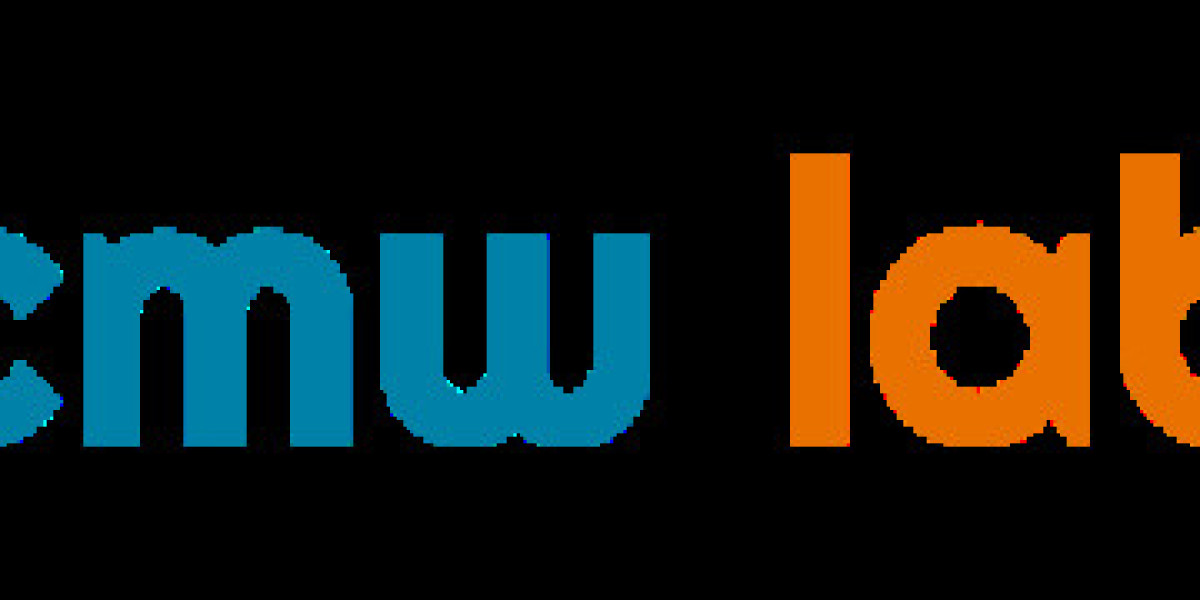Low-Code ITSM Solutions for Speed and Flexibility
When it comes to IT Service Management (ITSM), businesses are constantly on the lookout for solutions that balance speed, flexibility, and efficiency. Low-code ITSM solutions are increasingly popular because they allow companies to adapt quickly, streamline workflows, and reduce costs. This approach empowers teams by making ITSM customization and deployment faster and easier, without the need for deep programming knowledge. Here, we’ll explore the benefits of low-code ITSM solutions, how they provide flexibility, and why they’re becoming a go-to choice for modern organizations.

What Are Low-Code ITSM Solutions?
Low-code ITSM solutions are platforms that enable users to design, configure, and deploy ITSM processes with minimal coding. Unlike traditional ITSM systems, which often require extensive programming skills and lengthy development times, low-code solutions offer drag-and-drop interfaces, pre-built templates, and automation tools. This makes it easy to tailor ITSM workflows to specific organizational needs, often in a fraction of the time required by conventional ITSM methods.
By leveraging low-code platforms, companies can efficiently build custom ITSM applications that adapt to their unique environments. This flexibility supports rapid response to changing requirements, ultimately allowing businesses to remain agile and competitive.
Speed and Efficiency with Low-Code ITSM Solutions
A major advantage of low-code ITSM solutions is the speed they offer in creating and deploying workflows. Traditional ITSM platforms can be slow to implement due to complex development cycles, but low-code solutions eliminate many of these barriers. This is particularly beneficial in fast-paced industries where IT needs to keep up with evolving demands.
Low-code ITSM solutions simplify the development process, which means companies can quickly deploy ITSM functionalities that address specific pain points. With the ability to add, remove, or adjust processes swiftly, businesses can ensure that IT services align closely with their current operational goals. This not only improves service delivery but also enhances the overall IT experience for both internal and external users.
Customization and Flexibility
One of the standout features of low-code ITSM solutions is their flexibility. These platforms allow IT teams to customize workflows without the need to engage in lengthy coding sessions. Whether it’s updating a service desk process, creating new incident management steps, or adjusting approval workflows, low-code tools make it easy for users to tailor ITSM functions according to specific business requirements.
Customization options within low-code ITSM solutions typically include:
- Process Automation: Automating repetitive tasks to reduce manual workload.
- Drag-and-Drop Configuration: Designing workflows with intuitive, visual tools.
- Integration with Other Systems: Connecting with existing software to enable seamless data flow across platforms.
- Customizable Dashboards: Providing insights that align with unique KPIs and metrics.
By supporting these features, low-code ITSM solutions empower businesses to handle complex service management needs without sacrificing agility. This flexibility allows IT teams to focus on strategic goals rather than on tedious manual processes, thus driving productivity.
Cost Savings with Low-Code ITSM Solutions
In addition to speeding up development times and enhancing flexibility, low-code ITSM solutions also lead to significant cost savings. Traditional ITSM development can be costly, involving specialized programming resources and lengthy implementation cycles. Low-code solutions mitigate these expenses by reducing the need for custom code, which decreases both development and maintenance costs.
Since low-code platforms require minimal technical expertise, organizations can leverage existing talent to manage ITSM processes. This reduces the dependency on specialized IT staff, leading to further cost reductions. Moreover, because low-code ITSM solutions are designed to scale easily, they provide a cost-effective way to expand service management capabilities as the business grows.

How Low-Code ITSM Solutions Improve Business Agility
For companies looking to remain agile in a rapidly changing environment, low-code ITSM solutions are a powerful asset. Traditional ITSM platforms often struggle to keep up with new demands, but low-code solutions enable quick adjustments to processes and workflows. This adaptability is crucial for responding to new challenges, whether it’s scaling to meet a sudden surge in customer requests or adapting to new regulatory requirements.
Low-code ITSM platforms also offer tools for tracking and analyzing workflow performance, allowing businesses to continuously optimize their ITSM solution. By reviewing metrics and adjusting processes as needed, organizations can ensure they’re always operating at peak efficiency.
Conclusion
Low-code ITSM solutions are transforming how businesses approach IT service management, offering a blend of speed, flexibility, and cost-effectiveness. With minimal coding requirements, these platforms empower IT teams to quickly implement, customize, and optimize ITSM processes to meet evolving needs. For organizations seeking an agile approach to ITSM, low-code solutions provide the tools needed to build a responsive, efficient service management framework.



